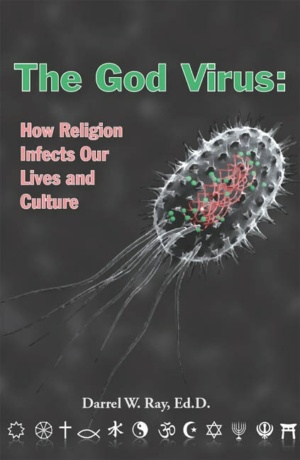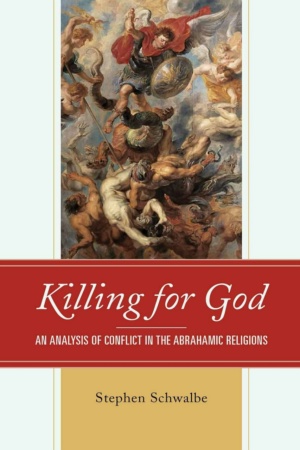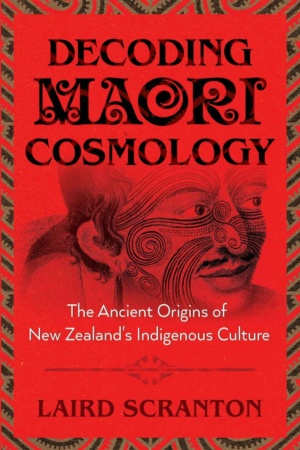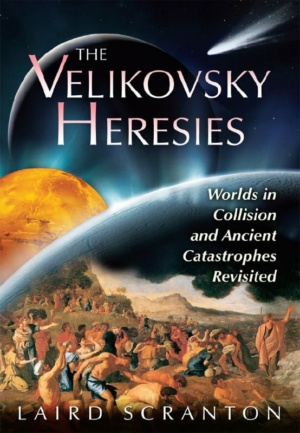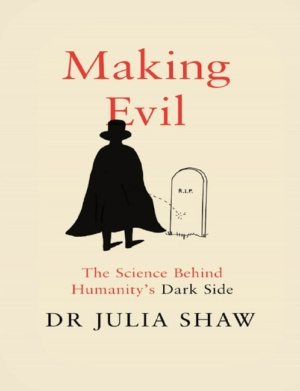Skip to content
"Given the extremely high cost of overseas military operations today, the author offers readers scholarly insights as to what motivates kingdoms, countries, and groups to engage in religious conflict, beginning with those found in the Hebrew Bible. To do this, he analyzes three related religions, Judaism, Christianity, and Islam, to determine their similarities and differences regarding the killing of people. The areas of conflict analysis include Fundamentalism, Proselytization, Sacrifice (to include martyrdom), and Revenge (to include genocide). The insights of preeminent religious and political scholars are integrated into this comprehensive analysis of conflict involving religion, leading to an answer to the ultimate question: Is the killing worth it?"...>>
"An exploration of New Zealand’s Maori cosmology and how it relates to classic ancient symbolic traditions around the world
• Shows how Maori myths, symbols, cosmological concepts, and words reflect symbolic elements found at Göbekli Tepe in Turkey
• Demonstrates parallels between the Maori cosmological tradition and those of ancient Egypt, China, India, Scotland, and the Dogon of Mali in Africa
• Explores the pygmy tradition associated with Maori cosmology, which shares elements of the Little People mythology of Ireland, including matching mound structures and common folk traditions
It is generally accepted that the Maori people arrived in New Zealand quite recently, sometime after 1200 AD. However, new evidence suggests that their culture is most likely centuries older...>>
